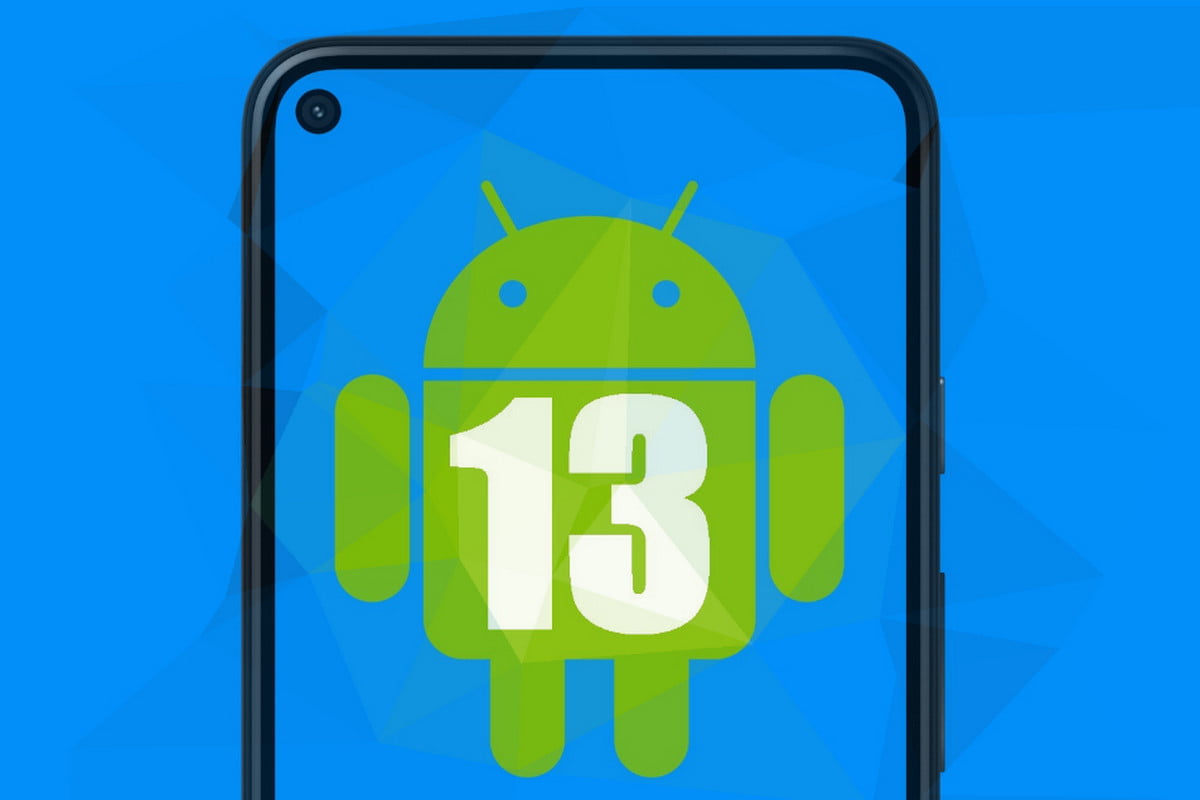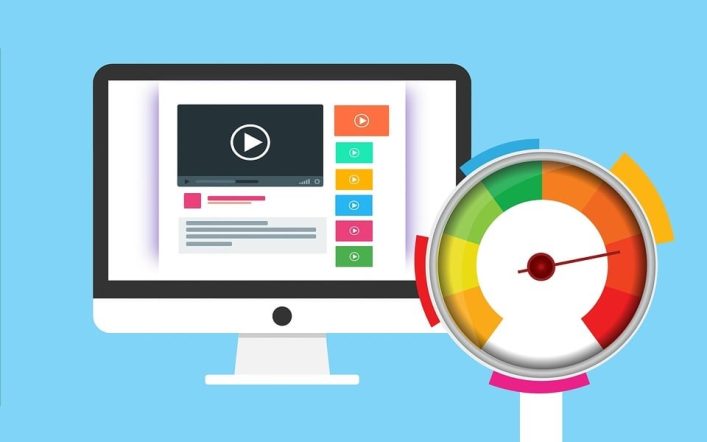All About Android 13

Android 13 is the long-anticipated update to Google’s mobile operating system. Reportedly named Tiramisu internally, the developer actually dropped its dessert-themed naming trend two versions ago, after struggling to find a cake or sweet that began with the letter Q. Despite the closure of the candy shop, Android 13 is due for release sometime in mid-2022, probably in August or September.
What does that mean for users, though? For those of us still toddling along with multi-year-old phones: very little. Android 13 will likely only be available on newer Google Pixel devices once the beta test rolls around, specifically those released after late 2018. The Phone Arena website notes that Google will probably wait until later in Android 13’s development before involving third-party manufacturers like Samsung and Motorola.
Google Play
The Android OS feels like a rare success in the software world. It’s hard to escape the fact that technology is gated by monolithic corporations and their pet monopolies, which means that catching the eye of consumers can be a very difficult thing to do. However, as a means of unifying the competition against the iPhone, Android provided something the world needed at just the right time.
Of course, since then, Android has remained competitive due to its app store, the expansive Google Play. Around 3,739 new pieces of software are added to this marketplace every 24 hours, with a recent count placing the total number of apps at almost 3.5 million. Google’s evolving permissions mean that this figure should continue to rise. In January 2021, for example, casino and sportsbook apps joined the US Play Store for the first time.
Material You
Android 13’s focus will be part aesthetics, part privacy. The developer preview launched in early February revealed updates to Material You, a set of visual enhancements that allows extensive customization of Android’s look and feel, as well as the introduction of per-app language settings. This latter change means that owners can set their phone’s interface to one tongue and their social media apps in another.
Privacy is a key concern and Android 13 is set to address with useful features such as limiting the permissions for apps. This is to say that, for example, a user can select a few images to be shared with an app as opposed to their entire media library, thus protecting their personal property.
In addition, as mentioned earlier, with Google’s evolving permissions enabling the best NJ online casinos, big operators like BetMGM, to establish a presence on the Play Store, newer devices such as the Android 13 will intend to offer a secure ecosystem for their users to play in. This need extends through both device security and in-app banking, especially so with the diversity of deposit/payment methods that now include e-wallets and cryptocurrencies, as well as the standard Mastercard option. Prioritizing privacy will be a key USP for the Android 13 and likely a major appeal to a tech-savvy audience looking for security.
Notifications
Android 13’s privacy features are still quite subtle. The Phantom Process Killer added one version back will become more visible while apps will have to ask for permission to display notifications before they can even start to clog up phones with breaking news and game alerts. It’s nothing too groundbreaking, but more than a decade after its inception, updates to Android are likely to become increasingly granular.
Overall, there’s a lot to get excited about with Android 13. One question remains, though – is there a dessert that begins with the letter Q?




